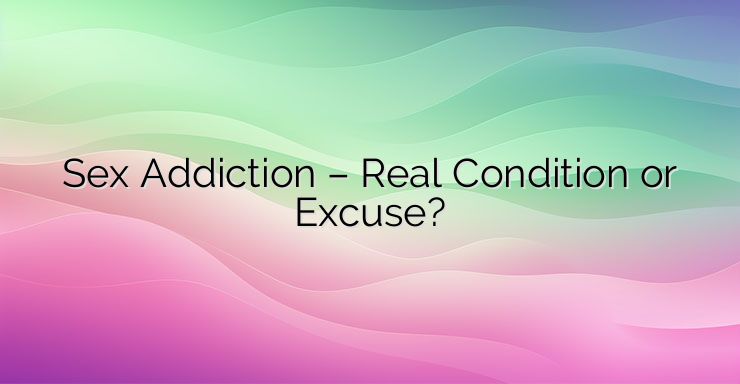The inability to stop addiction to sex, including incessant viewing of pornographic films and promiscuous sex with strangers, is a problem. The question is, is it a real illness or just an excuse for cheating? In the Diagnostic and Statistical Manual of Mental Disorders, there is a “gray area” regarding sex addiction, although according to researchers, 12 million people are affected in the US alone. The term “sex addiction” first appeared in the Handbook in 1980, but was removed in 1994. In its most recent edition, the section on sexual disorders only lightly alludes to the condition. It mentions that “research suggests that sexual response is not always a linear and uniform process, and that distinguishing between certain phrases such as ‘desire’ and ‘arousal’ can be artificial.” Due to the lack of classification for sexual addiction as a mental disorder, many view the condition with skepticism and see it as an excuse for infidelity. Others believe that sex addiction is a real mental disorder. Data from a 2013 study published in Socioaffective Neuroscience & Psychology indicated that addicts of both sexes, as well as those not affected by similar addiction, tended to respond to erotic images with similar levels of brain activity . This raises the question of whether sex addiction actually exists. NEWS_MORE_BOX Each individual who is affected has a different behavior, the consequences are also different. Some may spend all their time and money on online pornography or in strip clubs, while others may spend all their time having sex with strangers. Treatment for such behavior includes psychotherapy, medication, and attending self-help groups. The main goal is to help those affected manage their needs and limit their risky behavior by maintaining sexually healthy relationships.


Leave a Reply